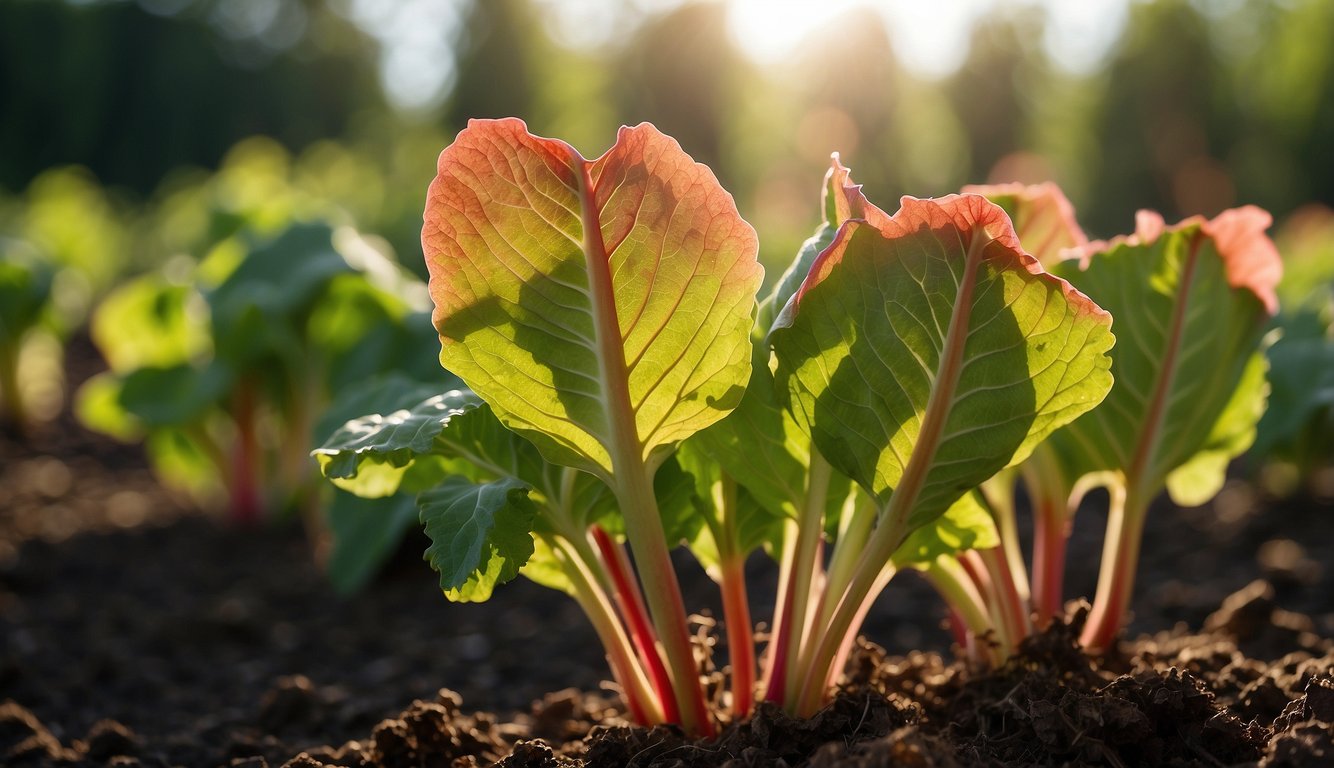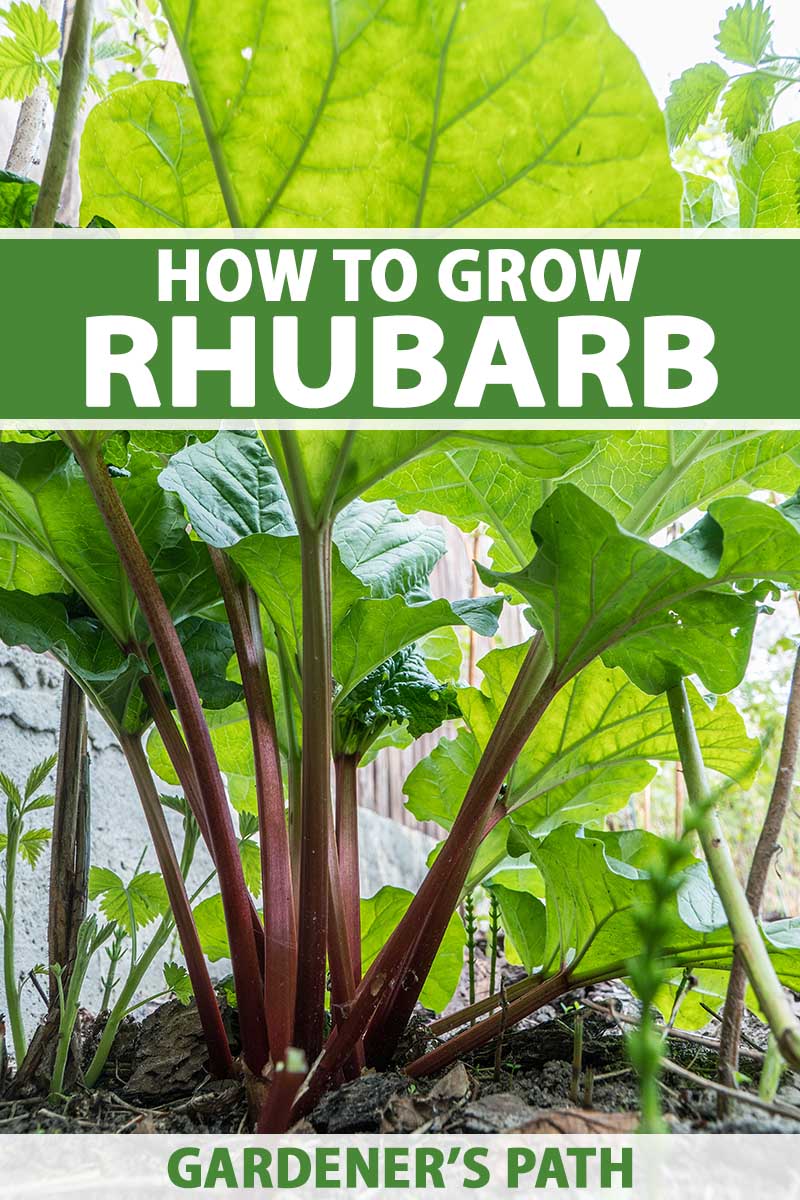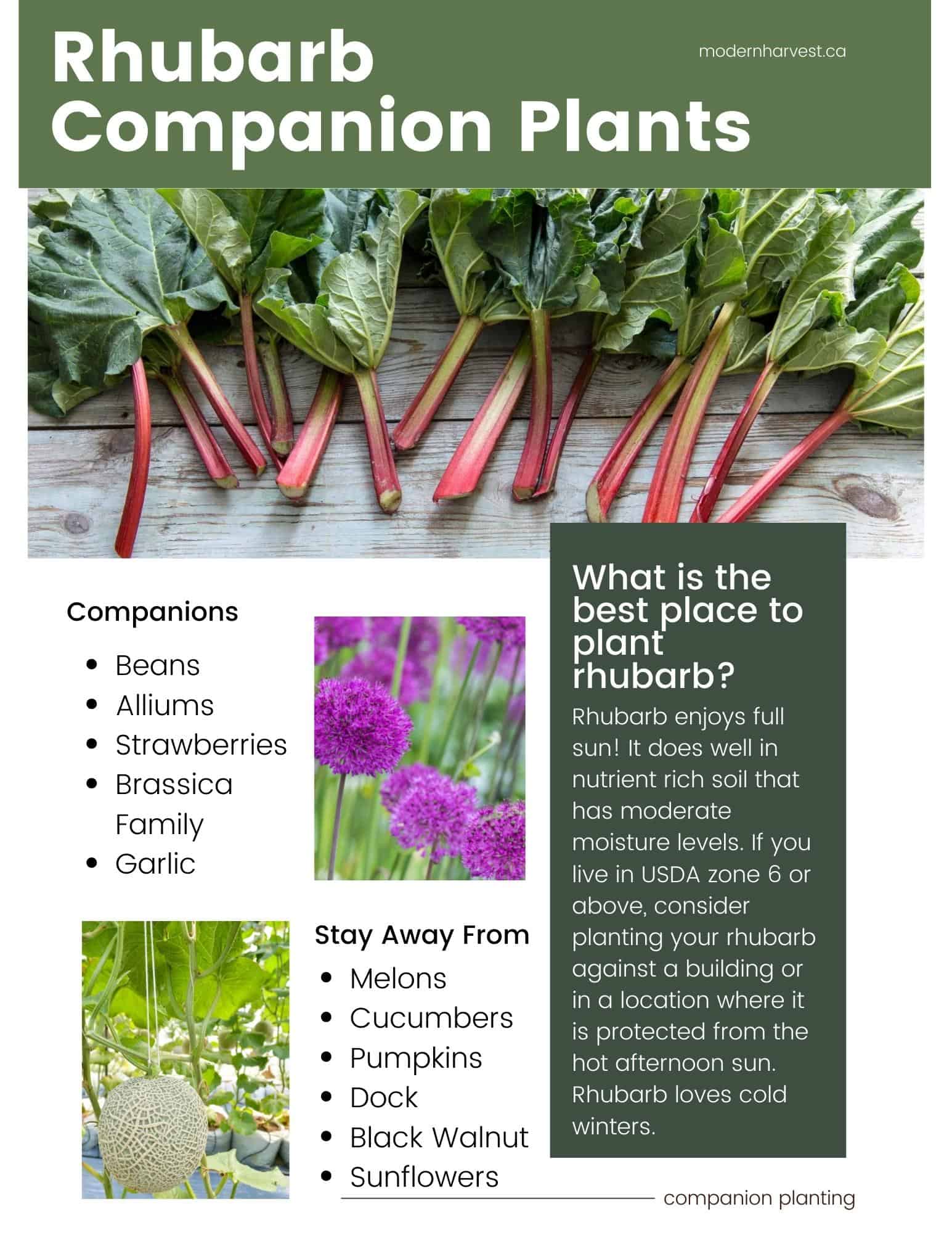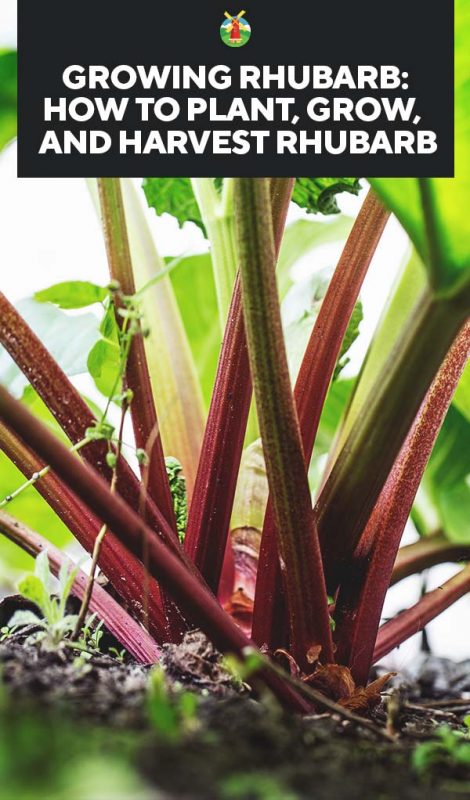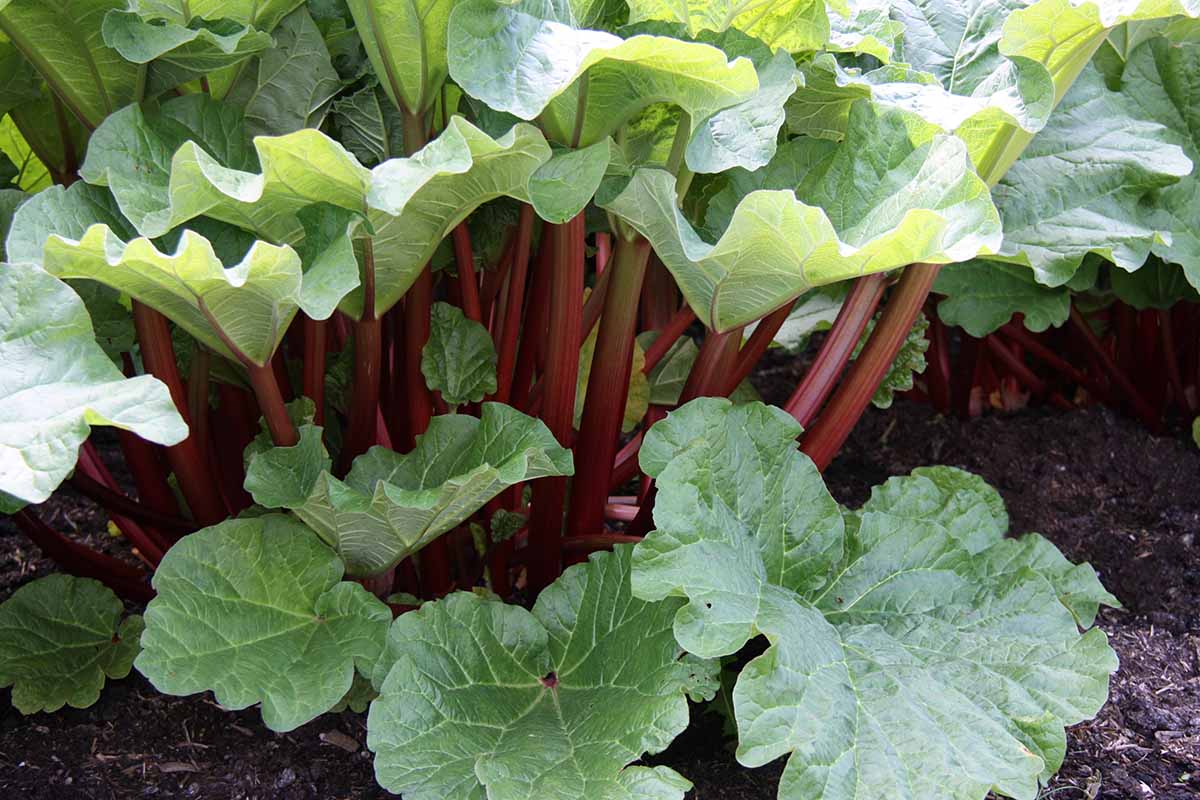Understanding Rhubarb’s Sunlight Requirements
Rhubarb is often misunderstood as a full-sun plant, but the truth is that it requires a more nuanced approach to sunlight. While it’s true that rhubarb needs some direct sunlight to photosynthesize and grow, too much of it can be detrimental to its health. In fact, rhubarb is typically considered a partial-shade plant, thriving in conditions with 4-6 hours of direct sunlight per day. This is because excessive sunlight can cause the leaves to become scorched and the stalks to become weak and leggy.
So, does rhubarb need full sun? The answer is no. While some sunlight is necessary, it’s essential to provide rhubarb with a balance of sun and shade to promote healthy growth and productivity. This is especially true in warmer climates, where the intense sunlight can be overwhelming for the plant. By providing partial shade, you can help regulate the soil temperature, retain moisture, and reduce the risk of disease and pests.
In addition to sunlight, rhubarb also requires well-draining soil and adequate water to thrive. It’s essential to choose a location with rich, fertile soil that is free from standing water. Rhubarb is also a heavy feeder and will benefit from regular fertilization. By providing the right combination of sunlight, soil, and water, you can help your rhubarb plant grow strong and healthy, producing delicious stalks for years to come.
It’s worth noting that the amount of sunlight rhubarb requires can vary depending on the specific variety. Some varieties, such as ‘Victoria’ and ‘Canada Red’, are more tolerant of full sun than others. However, even these varieties will benefit from some shade, especially in warmer climates. By understanding the specific needs of your rhubarb variety, you can provide the best possible conditions for growth and productivity.
How to Provide the Right Amount of Sunlight for Your Rhubarb
Providing the right amount of sunlight for your rhubarb is crucial for its growth and productivity. While rhubarb doesn’t require full sun, it does need some direct sunlight to photosynthesize and produce energy. The ideal amount of direct sunlight for rhubarb is 4-6 hours per day, although this can vary depending on the specific variety and climate.
To provide the right amount of sunlight for your rhubarb, consider the following tips:
Choose a location that receives morning sun and dappled afternoon shade. This will help prevent scorching and promote healthy growth.
If you’re growing rhubarb in a container, place it in a spot that receives bright, indirect sunlight. East- or west-facing windows are ideal for rhubarb containers.
Use shade cloth or a trellis to filter the sunlight and prevent scorching. This is especially important in warmer climates where the sun’s rays can be intense.
Monitor your rhubarb’s response to sunlight and adjust its care accordingly. If you notice signs of stress or scorching, provide more shade or move the plant to a shadier location.
Remember, the key is to find a balance between sunlight and shade. Rhubarb needs some sunlight to grow, but too much can be detrimental. By providing the right amount of sunlight, you can help your rhubarb thrive and produce delicious stalks for years to come.
So, does rhubarb need full sun? The answer is no, but it does need some direct sunlight to grow. By following these tips, you can provide your rhubarb with the right amount of sunlight and help it reach its full potential.
The Benefits of Partial Shade for Rhubarb
Providing partial shade for rhubarb is one of the most effective ways to promote healthy growth and productivity. While rhubarb does require some direct sunlight, too much of it can be detrimental to its health. Partial shade, on the other hand, offers a range of benefits that can help your rhubarb thrive.
One of the main benefits of partial shade for rhubarb is reduced risk of scorching. When rhubarb is exposed to full sun, the leaves can become scorched and the stalks can become weak and leggy. By providing partial shade, you can prevent this from happening and promote healthy growth.
Partial shade also helps to improve soil moisture retention. When the sun beats down on the soil, it can cause the moisture to evaporate quickly, leaving the rhubarb roots dry and stressed. By providing partial shade, you can help to retain moisture in the soil and reduce the need for frequent watering.
In addition to these benefits, partial shade can also help to increase yields. When rhubarb is grown in partial shade, it is able to produce more stalks and leaves, resulting in a higher yield. This is because the plant is able to focus its energy on producing new growth, rather than trying to survive in harsh sunlight conditions.
So, how can you provide partial shade for your rhubarb? There are a few options to consider. You can use shade cloth or a trellis to filter the sunlight and provide dappled shade. Alternatively, you can plant your rhubarb in a location that receives morning sun and afternoon shade. By providing partial shade, you can help your rhubarb thrive and produce delicious stalks for years to come.
It’s worth noting that the amount of shade required will vary depending on the specific variety of rhubarb and the climate in which it is grown. In general, it’s best to provide partial shade for rhubarb during the hottest part of the day, when the sun’s rays are most intense.
Factors to Consider When Choosing a Location for Your Rhubarb
When choosing a location for your rhubarb, there are several factors to consider to ensure optimal growth and productivity. Soil quality, wind protection, and accessibility are all important considerations that can impact the health and success of your rhubarb plant.
Soil quality is one of the most critical factors to consider when choosing a location for your rhubarb. Rhubarb prefers well-draining, fertile soil that is rich in organic matter. Avoid planting rhubarb in areas with heavy clay or sandy soils, as these can cause waterlogging or drought stress. Instead, opt for a location with a mix of sand, silt, and clay, and add organic matter such as compost or manure to improve soil fertility.
Wind protection is another important consideration when choosing a location for your rhubarb. Rhubarb is a sensitive plant that can be damaged by strong winds, which can cause the leaves to become scorched and the stalks to become weak. Choose a location that provides some protection from wind, such as a spot near a building or a row of trees.
Accessibility is also an important factor to consider when choosing a location for your rhubarb. Rhubarb requires regular maintenance, including watering, fertilizing, and pruning. Choose a location that is easy to access, such as a spot near a path or a garden bed.
Finally, consider the amount of sunlight your rhubarb will receive in the chosen location. While rhubarb does require some direct sunlight, too much can be detrimental to its health. Choose a location that receives partial shade, especially during the hottest part of the day.
By considering these factors, you can choose a location that provides the optimal conditions for your rhubarb to thrive. Remember, the key to successful rhubarb gardening is to provide the right balance of sunlight, soil, and care.
Common Mistakes to Avoid When Planting Rhubarb in Full Sun
While rhubarb can tolerate some full sun, planting it in a location that receives direct sunlight for too long can be detrimental to its health. Here are some common mistakes to avoid when planting rhubarb in full sun:
Neglecting to provide adequate water: Rhubarb needs consistent moisture, especially when it’s exposed to full sun. Make sure to water your rhubarb regularly, but avoid overwatering, which can lead to root rot.
Failing to mulch: Mulching helps retain moisture in the soil and regulates soil temperature. Without mulch, the soil can become too hot, causing the rhubarb roots to become stressed.
Not monitoring for signs of stress: Rhubarb can become stressed when it’s exposed to too much full sun. Monitor your rhubarb for signs of stress, such as yellowing leaves or weak stalks, and adjust its care accordingly.
Not providing shade: While rhubarb can tolerate some full sun, it still needs some shade to prevent scorching. Provide shade for your rhubarb during the hottest part of the day, especially in warmer climates.
Planting in poor soil: Rhubarb prefers well-draining, fertile soil. Avoid planting rhubarb in poor soil, as this can lead to weak growth and reduced yields.
By avoiding these common mistakes, you can help your rhubarb thrive in full sun. Remember, the key to successful rhubarb gardening is to provide the right balance of sunlight, soil, and care.
It’s also important to note that rhubarb is often misunderstood as a full-sun plant. While it can tolerate some full sun, it’s actually a partial-shade plant that prefers dappled sunlight. By providing the right amount of sunlight, you can help your rhubarb grow strong and healthy.
How to Monitor Your Rhubarb’s Response to Sunlight
Monitoring your rhubarb’s response to sunlight is crucial to ensure it’s receiving the right amount of light for optimal growth and productivity. Here are some signs to look out for:
Signs of stress: If your rhubarb is receiving too much sunlight, it may exhibit signs of stress, such as yellowing leaves, weak stalks, or a decrease in yield. If you notice any of these signs, adjust the amount of sunlight your rhubarb is receiving by providing more shade or moving it to a shadier location.
Disease or pests: Rhubarb can be susceptible to disease or pests, especially if it’s receiving too much sunlight. Keep an eye out for signs of disease or pests, such as powdery mildew, rust, or aphids, and take action promptly if you notice any issues.
Adjusting care: Based on your rhubarb’s response to sunlight, adjust its care accordingly. If your rhubarb is receiving too much sunlight, provide more shade or adjust its watering schedule to prevent scorching. If your rhubarb is receiving too little sunlight, consider moving it to a sunnier location or supplementing with grow lights.
Regular inspection: Regularly inspect your rhubarb to ensure it’s receiving the right amount of sunlight. Check the leaves, stalks, and roots for signs of stress, disease, or pests, and adjust its care accordingly.
By monitoring your rhubarb’s response to sunlight and adjusting its care accordingly, you can help ensure it’s receiving the right amount of light for optimal growth and productivity. Remember, the key to successful rhubarb gardening is to find the perfect balance of sunlight, soil, and care.
So, does rhubarb need full sun? The answer is no, but it does need some sunlight to grow. By providing the right amount of sunlight and monitoring your rhubarb’s response, you can help your rhubarb thrive and produce delicious stalks for years to come.
Expert Tips for Growing Rhubarb in Containers
Growing rhubarb in containers is a great way to enjoy this delicious vegetable, even if you have limited space. Here are some expert tips for growing rhubarb in containers:
Choose the right container size: Rhubarb needs a container that is at least 12-18 inches deep and 24-36 inches wide. This will give the roots enough room to grow and the plant enough space to spread out.
Select a well-draining potting mix: Rhubarb doesn’t like wet feet, so make sure to use a well-draining potting mix that will prevent waterlogged soil.
Provide adequate sunlight and water: Rhubarb needs full sun to partial shade, so choose a location that receives at least 6 hours of direct sunlight per day. Water the plant regularly, but make sure not to overwater.
Fertilize regularly: Rhubarb is a heavy feeder and will benefit from regular fertilization. Use a balanced fertilizer and follow the instructions on the package for application rates.
Monitor for pests and diseases: Keep an eye out for pests and diseases, such as aphids, slugs, and powdery mildew. Use organic or integrated pest management methods to control any issues that arise.
Divide and replant: Rhubarb is a perennial plant that will need to be divided and replanted every 3-4 years. This will help to keep the plant healthy and prevent it from becoming too crowded.
By following these expert tips, you can successfully grow rhubarb in containers and enjoy this delicious vegetable all season long.
So, does rhubarb need full sun? While it’s true that rhubarb needs some sunlight to grow, it’s not necessary to provide full sun. In fact, partial shade can be beneficial for rhubarb, especially in warmer climates. By providing the right amount of sunlight and following these expert tips, you can help your rhubarb thrive in containers.
Conclusion: Finding the Perfect Balance of Sunlight for Your Rhubarb
In conclusion, finding the perfect balance of sunlight for your rhubarb is crucial for optimal growth and productivity. While rhubarb is often misunderstood as a full-sun plant, it actually requires partial shade to thrive. By providing the right amount of sunlight, you can help your rhubarb grow strong and healthy, and enjoy a bountiful harvest of delicious stalks.
Remember, the key to successful rhubarb gardening is to find the perfect balance of sunlight, soil, and care. By following the tips and advice outlined in this article, you can help your rhubarb thrive and enjoy a successful harvest.
So, does rhubarb need full sun? The answer is no, but it does need some sunlight to grow. By providing the right amount of sunlight and following the tips outlined in this article, you can help your rhubarb grow strong and healthy, and enjoy a bountiful harvest of delicious stalks.
Experiment with different sunlight conditions and find what works best for your specific climate and garden conditions. With a little patience and practice, you can become a successful rhubarb gardener and enjoy the many benefits of growing this delicious and nutritious vegetable.
Happy gardening!


